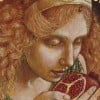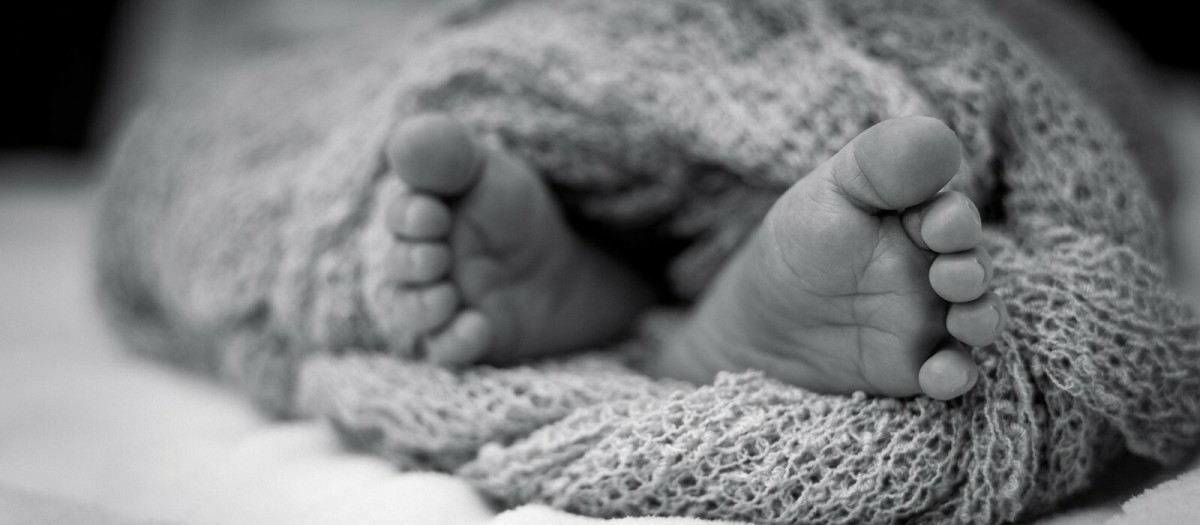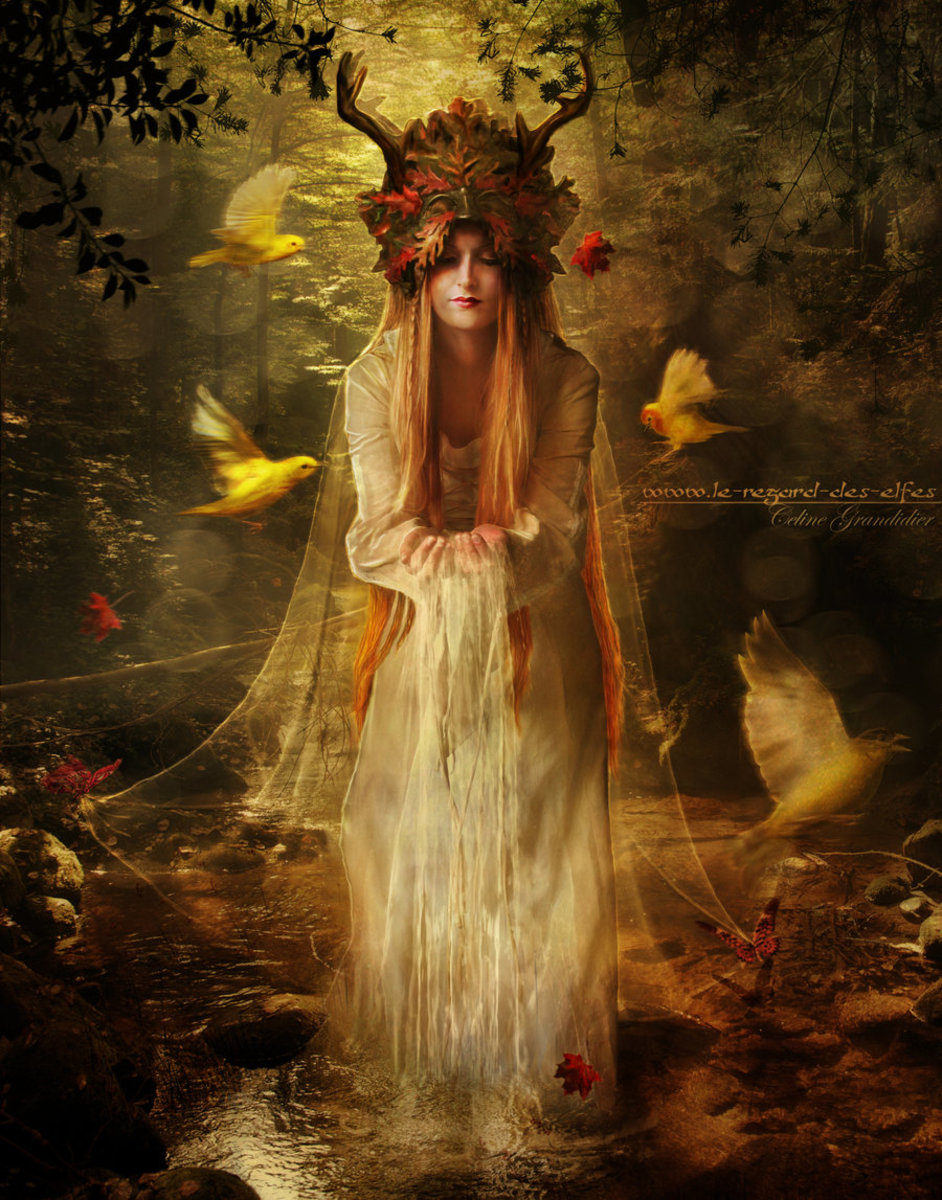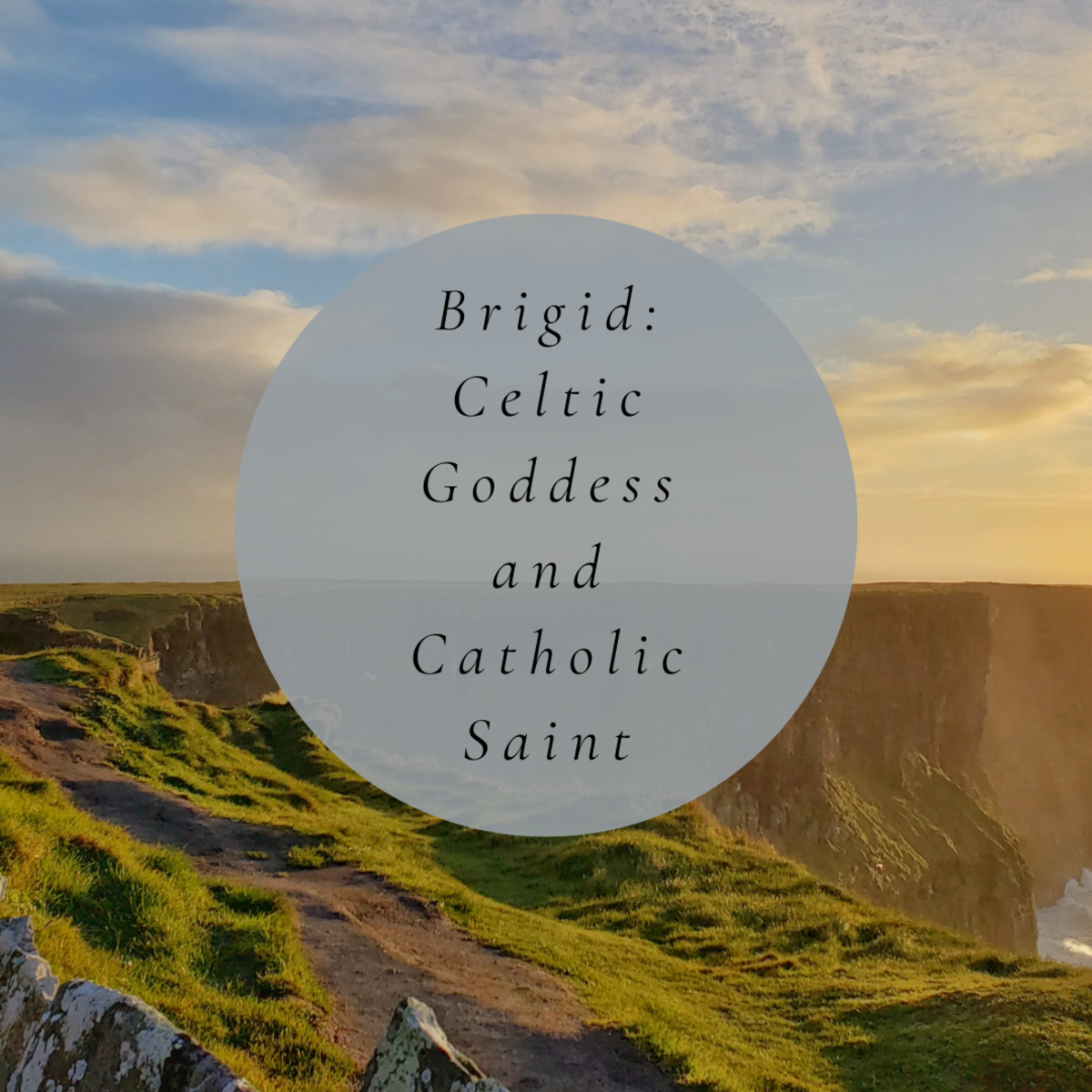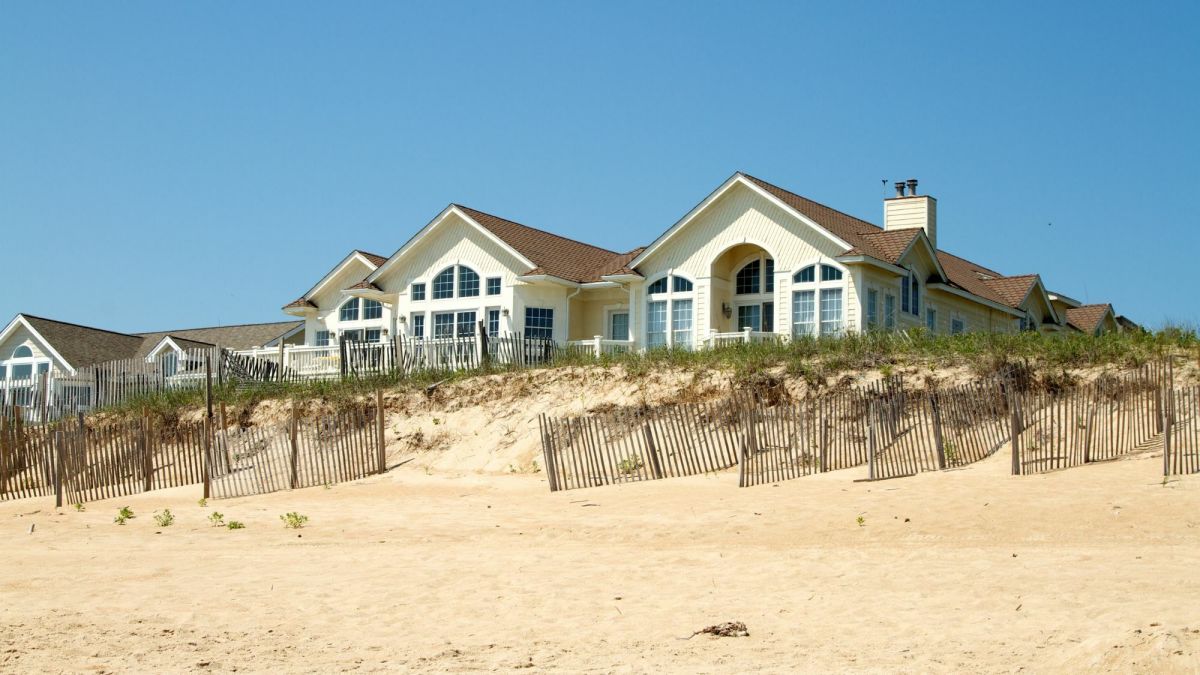Lughnasa, the Celtic Festival
Celtic Festival
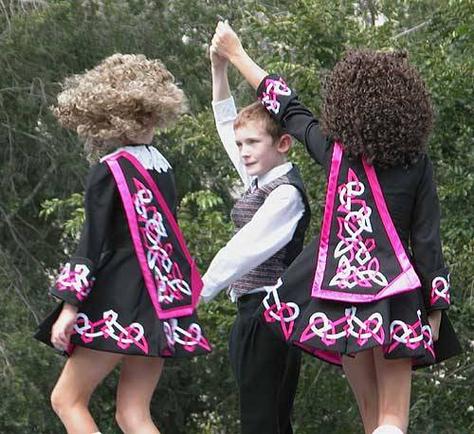
Lughnasa-A Celtic Tradition: The August Feast
Lughnasa, or Lughnasadh as it is known in Ireland, Lunasdal in Scotland, and Laa Luanys in the Isle of Man, is a traditional Celtic festival that has its roots in pre-history, and survives to this day.
The main Celtic god Lugh dedicated this festival Lughnasa to his mother, Tailtiu, the Last Queen of the Fir Bolg, who died from exhaustion after clearing a great forest so the land could be cultivated. When the Men of Ireland gathered at her deathbed, she told them to hold funeral games in her honor. Her name means, "The Great One of the Earth", and she is a personification of the land itself. Lughnasa is the Celtic festival that celebrates her legend.
Lughnasa evolved into a great tribal assembly attended by the High King, where legal agreements were made, political problems resolved, huge sporting contests, like the Olympic Games, were held. Artists and entertainers came from all over and displayed their talents to a mighty crowd. Lughnasa was a Celtic high holiday.
Lughnasa drew trade: traders came from far and wide to sell food, farm animals, fine crafts and clothing. There was storytelling, music, dancing and high-spirited revels lasting long into the night, for days on end.
According to one medieval writer:
"Trumpets, harps, hollow-throated horns, pipers, timpanists, go on unwearied...fiddlers, gleemen, bone-players and bag-pipers, a rude crowd, noisy and profane, roaring and shouting."
(There may have been some drinking going on there, too, eh?)
Lughnasa was an occasion for trial marriages, called "hand-fasting", too. The Celtic people didn't have the Christian ethic yet, when it came to sex and marriage.
Young men and women lined up on either side of a high wall. They couldn't see each other over the wall. They went, two by two, up to the gate, and put their hands through a hole in the gate. They were hand-fast, meaning they were married, for one year and a day. If it didn't work out, they could return to the next year's Lughnasa festival, and become officially separated by standing back to back and walking away from each other.
Celtic Festival
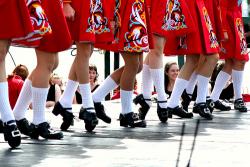
Lughnasa is usually celebrated on the nearest Sunday to August 1. Country people today continue to celebrate this festival in the liveliest manner, though it was semi-Christianized and incorporated into Lammas Sunday, or Loaf-Mass. The first loaf of the new harvest provided the communion bread for Mass.
In some rural areas, it is remembered as Bilberry Sunday: the day to climb the nearest Lughnasa hill and gather berries.
Lughnasa was one of the four main festivals of the Celtic religion. It is a time of renewal, growth, mystic regeneration. It is a harvest celebration of peace and plenty.
As of old, Celtic people sing and dance jigs and reels to the music of melodeons, fiddles, flutes and bagpipes. An effigy of a woman is crowned with summer flowers, seated on a throne, garlands strewn at her feet. Dancers whirl around her, touching her garlands or pulling off a ribbon for good luck. And the Celtic festival of Lughnasa continues, transmuted, perhaps from its original intention, but surviving into modern times.
Battle of Flowers, Channel Islands, Jersey
The Battle of Flowers
The Battle of Flowers is a long-standing mid August Lughnasa tradition. It takes place on Jersey, on of the Channel Islands. The "battle" is between groups of Islanders who compete to make the best and most original flower display. Exhibits can be up to 45 feet long and contain over 100,000 flowers. The festival features a moonlight parade, with massive floral floats accompanied by musicians and dancers, and a wild street party. After seeing this video from You Tube, I added Jersey in the Channel Islands to my own personal bucket list.
The Battle of Flowers attracts over 30,000 people annually to the Channel Island of Jersey.
That's why, in some areas, the Sunday closest to Lughnasa is called, "Garland Sunday".
Colcannon
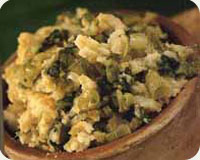
Colcannon (cally or poundy) is a traditional Irish dish, and in some parts of Ireland, the feast of Lughnasadh came to be called "Colcannon Sunday". The cook put on a special apron, boiled up a huge pot of potatoes, the first potatoes of the new season dug, seasoned with garlic and onions and cabbage and sometimes greens, and mashed everything together with a wooden mallet. She turned the mash out of the pot onto a platter, made a hollow in the middle for plenty of butter, then the family sat around the table and ate, while she ate from the pot (a special privilege). After the first mouthful, the family called out, "Destruction to the red-haired nag!" The "red-haired nag" was hunger. And Colcannon Sunday is yet another Celtic way to celebrate Lughnasa.
If you want MORE, click HERE:
- Saint George and the Dragon
This is the legend of Saint George and the Dragon, a story that has lasted for over a thousand years. A hero, a damsel in distress, and a DRAGON! What more could a story ask for? - Thanksgiving Special
This Thanksgiving Special is in deep gratitude for all I've been given; for all I've learned; for all we have shared throughout the years.
